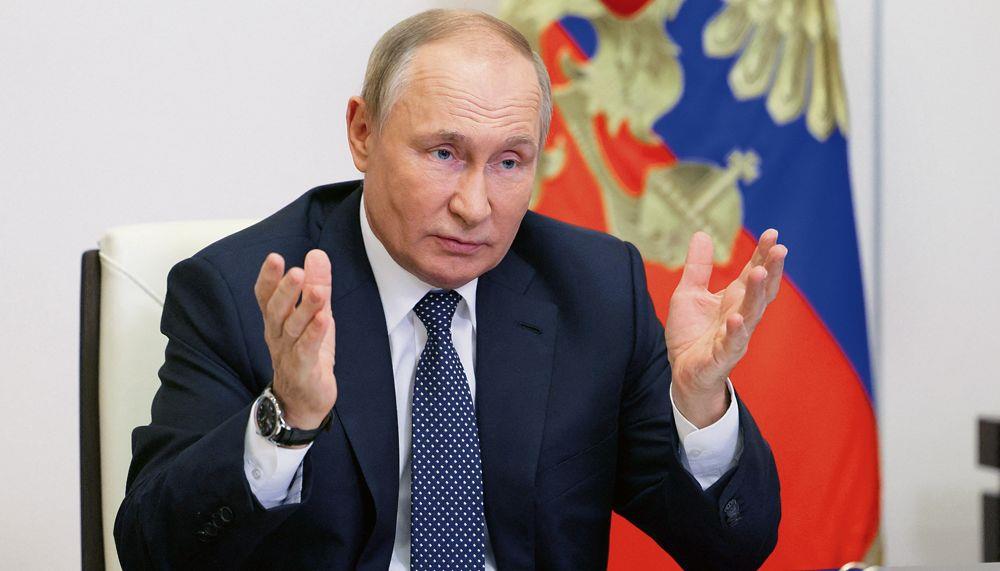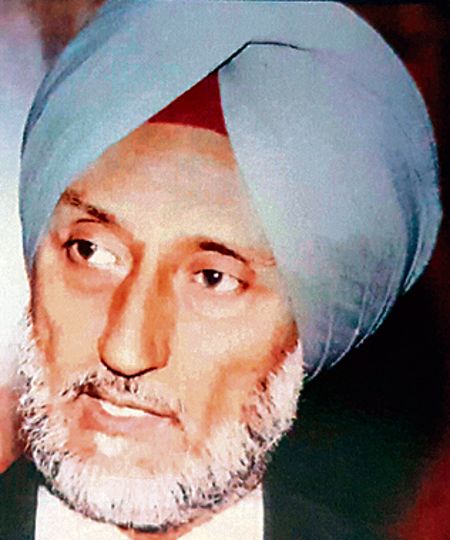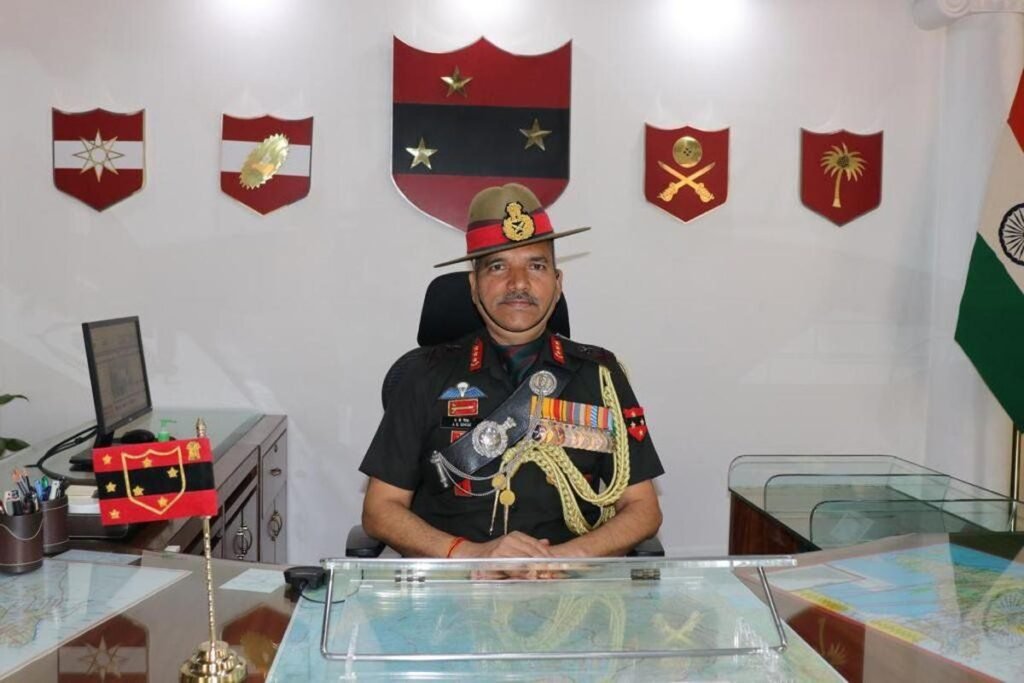Assures world that Russia is not thinking of nuclear escalation


Russian President Vladimir Putin’s wide-ranging speech and the subsequent Q&A session at the October 27 Valdai Club annual gathering have received less attention than they deserve. They provide rare but important insights into his thinking about the changing geopolitical situation and Russia’s relationships with key countries, including India and China, in the context of its sharpening confrontation with the West. There is a change in tone from bluster to a more muted posture.
However, unless Russia gives up territorial acquisitions in Ukraine as part of a peace deal, the war is likely to rage on.
The narrative is being deflected from the patent illegitimacy of Russian invasion of Ukraine to the latter’s role as an instrument of the West in imposing its dominance over a strong and independent Russia. He painted this as a symptom of a longstanding western assertion of global hegemony and presented Russia’s resistance as part and parcel of a global struggle against it. His speech could have been made by a non-aligned leader, seeking a more democratic, multipolar and fair global order, adherence to the UN Charter and strengthening of international institutions and multilateral processes. This was not the language of a great power seeking equal status with the reigning hegemon. Would this gain credibility among the large constituency of developing countries? That is unlikely.
Putin did not confirm his attendance at the forthcoming G20 summit in Indonesia. ‘May be I will go, too, I will think about it,’ is all that he would say. In his speech, he did not refer to Ukraine and it is only in the Q&A session that he touched upon the evolving military situation there and confirmed a scaled down objective of the so-called ‘special military operation’. This is now the extension of physical control over the Russian-speaking Donbas region, which has been formally annexed to Russia. He acknowledged obliquely the reverses which Russian forces have been facing in the region, declaring, ‘….they have been creating a fortified area that cut deep enough into Donbas, and, of course, venturing there and suffering losses was pointless.’
Acknowledging the losses that Russia has suffered, including economic losses, Putin asserted that ‘there are enormous acquisitions and what is happening now will, without any doubt, ultimately, I want to emphasise this, will ultimately be beneficial to Russia and its future.’ Among these acquisitions he mentioned Russia’s economic resilience, the awareness of the country’s strengths and the revival of its spirit of self-reliance.
He did not refer to the ‘partial mobilisation’of 3 lakh reservists in the wake of heavy Russian casualties. This was an unpopular move, with recruits complaining of being sent to a ‘meat-grinder’.
Perhaps aware that the frequent references to the possible use of nuclear weapons have caused alarm, even among traditional friends of Russia, including India, Putin assured that Russia was not thinking of any escalation but merely responding to nuclear threats by some western leaders. He repeated the allegation that the Ukrainians may be contemplating detonating a dirty ‘radioactive device’ and blame it on Russia. In fact, a US media report claims that Russian allegations may have some truth behind them.
Putin had high praise for India. ‘We have a special relationship with India that emerged or was built on the foundation of a very close alliance that existed for many decades. We have never had any issues with India. I want to emphasise this, never. All we ever did was support each other. This is what is happening now and I am sure it will continue in the future.’
On Modi, he said, ‘PM Modi is one of the few people in the world today who are(sic) capable of pursuing an independent foreign policy in the interests of his people. Despite any attempts to contain or restrict something, he’s like an ice-breaker, you know, just moving calmly in the direction that the Indian state needs.’
These remarks will be received with enthusiasm within the government and the BJP, but will bring less cheer among India’s partners in the US and Europe.
He also had high praise for China and reaffirmed his friendship with President Xi Jinping. He was pointedly asked whether he had informed Xi about his plan to carry out a special military operation against Ukraine in February. His answer was ‘no’. He criticised US House Speaker Nancy Pelosi’s visit to Taiwan. ‘Why did this granny have to trudge to Taiwan in order to provoke China into some actions?’
Putin made a distinction between the ruling elites in the US and Europe and the people in these countries who adhered to traditional values and had respect for different cultures and religions, just as, he claimed, Russia did. Western analysts interpret these remarks as directed to right-wing elements who are tired of supporting the Ukraine war effort, resentful of having to cope with the high energy and food prices resulting from the disruptions caused by the war and sanctions imposed on Russia. The Republican right in the US may well win the November Congressional elections and support for the Ukraine war may diminish. This may also affect European willingness to carry more of the burden for an extended period of time. Perhaps Putin is counting on this to compel Ukraine back to the negotiating table. In this context, his latest more conciliatory remarks are noteworthy, ‘We have said many times that we are ready to negotiate…but the leaders of the Kiev regime have decided not to continue negotiations with the Russian federation.’ He argued that this could be resolved through an ‘appropriate signal’ from Kiev’s supporters, that is, the US. But the real issue is that Russia is unlikely to agree to give up any of its territorial acquisitions in Ukraine as part of a peace settlement.
In all likelihood, therefore, the war will grind on. Putin’s optimism may be misplaced.








































































